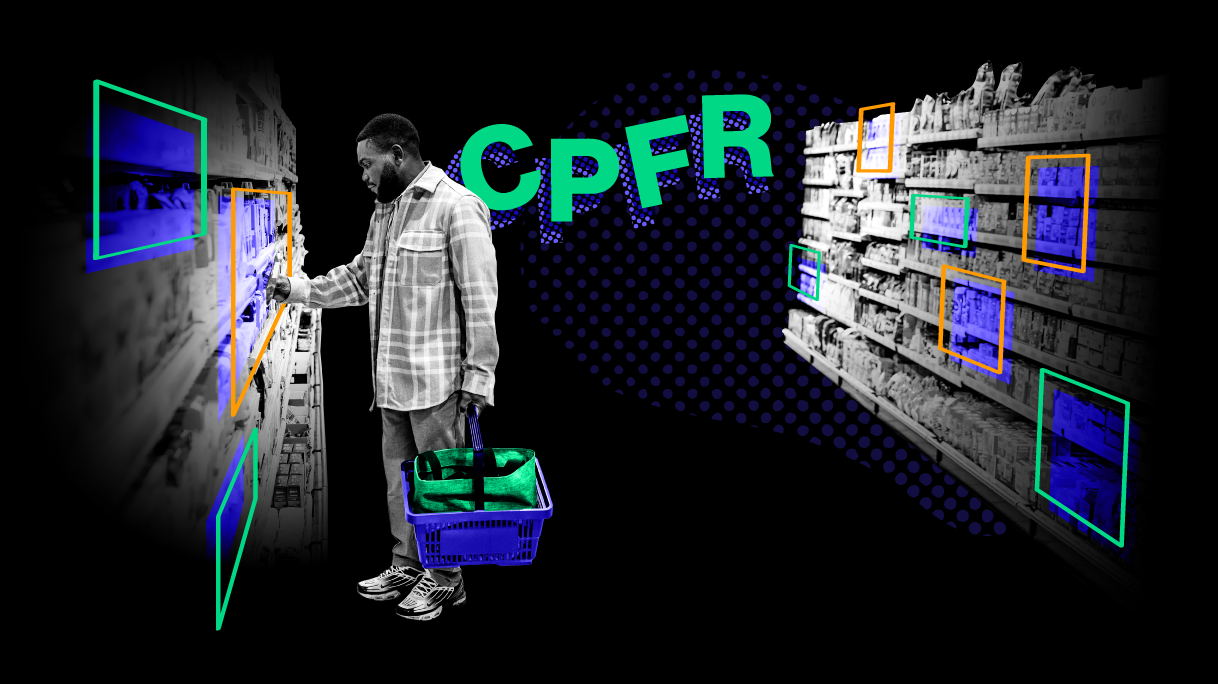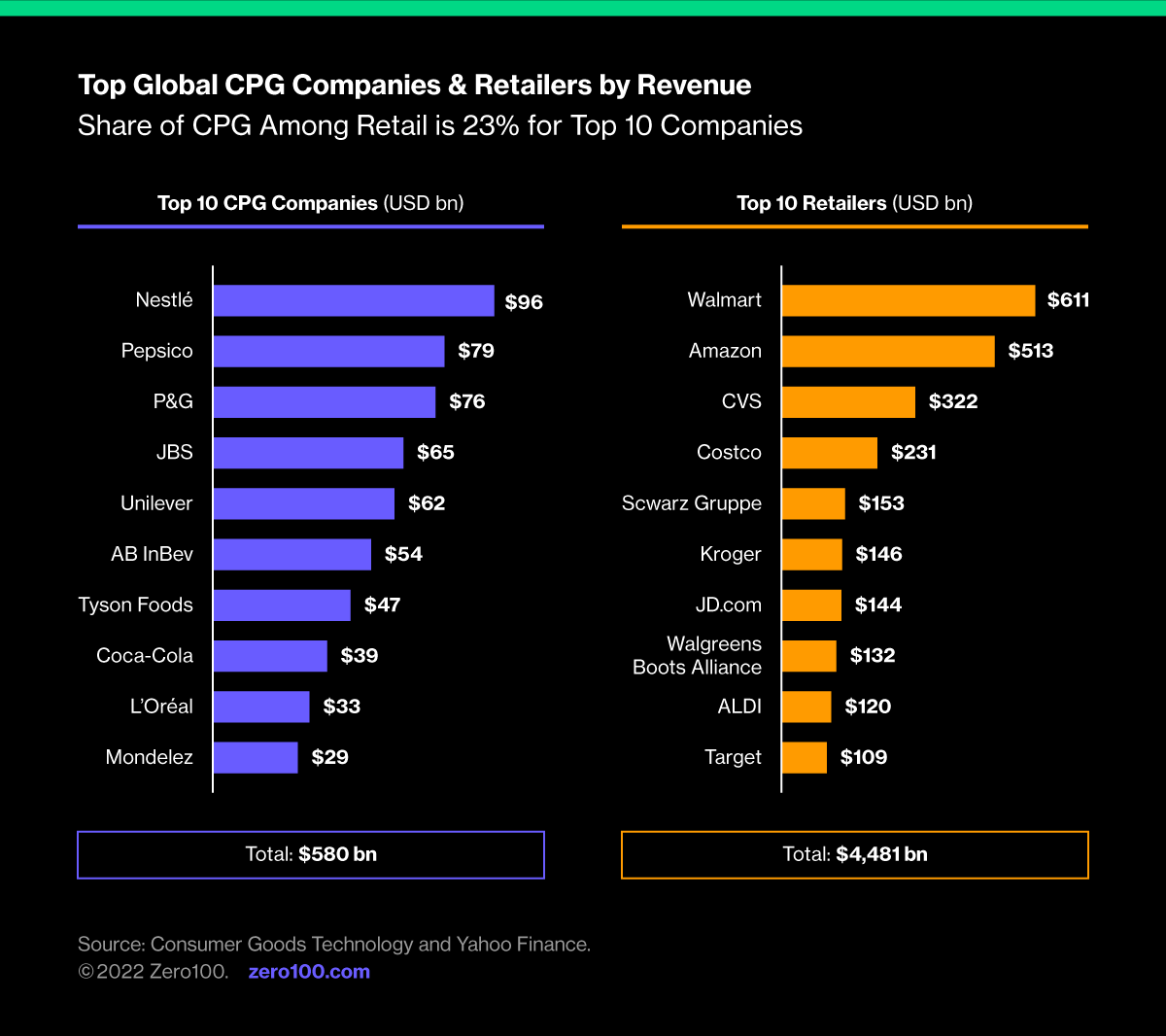
AI for Supply Chain: Is CPFR the Killer App?
AI is central to building supply chains capable of realizing the original Collaborative Planning Forecasting & Replenishment (CPFR) dream. And since AI is a self-learning technology, the more we use it the faster and better it gets.
In 1996 Walmart, along with Warner Lambert, Benchmarking Partners, Manugistics, and SAP formed a working group focused on improving fast-moving consumer goods (FMCG) supply chains with better data exchange and planning between manufacturers and retailers. Their brainchild – Collaborative Planning Forecasting & Replenishment (CPFR) – remains relevant nearly 30 years later, but it is still more vision than reality.
That is about to change thanks to AI.
Trust as a Barrier to CPFR Was a Red Herring
As a budding supply chain specialist at Oracle and AMR Research through the ‘90s and ‘00s, I was party to many discussions about the huge potential efficiency unlock in FMCG supply chains with CPFR. Conceptually, it was obvious to everyone that synchronizing data across demand and supply planning would improve in-stock performance, logistics costs, and inventory turns. All we had to do was agree on standards, share data, and run the solvers.
Not so fast. Trust between retailers and manufacturers, it was often said, was a hurdle to progress because neither party was willing to share data, and the process was slow and incomplete if it happened at all. This supposed lack of trust was a convenient scapegoat for everyone who left these initiatives frustrated, and yet they kept trying. For decades.
Maybe the real problem was more about technology immaturity. Specifically, a lack of tools for extracting, transforming, and normalizing data and a serious shortage of processing power capable of handling the complex and largely non-linear business logic of promotions, pricing and inventory placement that drive the FMCG supply chain.

Enter AI and the 2020’s Tech Revolution
Zero100 recently sat in on an off-the-record conversation between a big CPG manufacturer and an even bigger retailer which shone a bright light on how technology is revolutionizing the CPFR quest. A live example that was discussed includes a planning and replenishment process which runs POS data at store level, by SKU with five billion data points daily. This lets the manufacturer manage inventory deployment to stores rather than only to DC’s and codifies a business relationship in which the pair shares data in a co-dependent supply chain where both parties win more consumer sales and spend less money doing so.
The trust is there, but more importantly so is the cloud, the AI algorithms, and the compute power to solve this monstrous planning problem every single day. This example can be multiplied across dozens of geographically contiguous supply networks inclusive of stores, e-commerce fulfillment hubs, trucks, and factories.
The complexity of it is so vast that for years the best we could do with tech was imagine it in PowerPoint. Now that it is technologically possible, maybe the trust barrier will finally fall.
China Is Proving it Now
The future of supply chain is technology, and for leaders working at the cutting edge this now means looking outside of the US and Europe. The anonymous example above is happening in an emerging market, and for most CSCOs running global operations the norm is to find faster, better, deeper technology capabilities in places like China, India, Brazil, and Mexico.
China in particular points the way toward AI-enabled supply chains capable of realizing the original CPFR dream. Consider a few proof points:
- Chinese e-commerce powerhouse JD.com had built an AI-based predictive logistics system that digests demand data by neighborhood so effectively and precisely it could deliver the new iPhone to customer doorstep within ten minutes of its release – in 2017.
- Fast fashion icon/villain Shein can now reportedly sense trends on TikTok and have new items sourced, made, and delivered within five days.
- Of 132 Global Lighthouse factories tracked by the World Economic Forum, 45 are in China vs. only 11 in the US, which means agile manufacturing can feed a CPFR process from plant rather than finished goods inventory.
AI is central to all these stories, and since it’s a self-learning technology, the more we use it the faster and better it gets. For western FMCG supply chain networks the stately pace of collaboration toward the CPFR vision is way too slow.
Conversations like the one described above should be on your calendar, starting now.